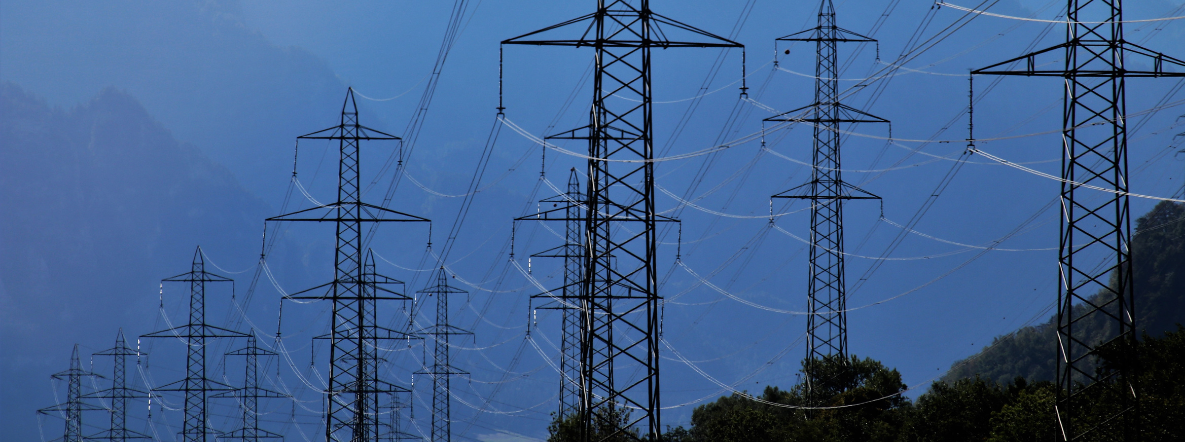Greening the time’ can help India achieve its climate goals
24 Jul 2023
Opinion: Gaurav Bhatiani and Sanjib Pohit.
It is important to consider multiple time zones for India, perhaps starting with two to keep things simple.
A green revolution is underway, with green energy, green buildings, green transport, green finance and more. It is time to think of ‘greening the time’ to enable our ambitious climate goals.
What does ‘greening the time’ mean?
Fundamentally, it means taking advantage of time or differences in time to smartly advance climate objectives. There are multiple options and strategies that can be deployed.
First, time can be a tool to optimise the consumption of electricity by taking advantage of India’s wide geography. From Arunachal Pradesh to Rajasthan, India spans almost 3,000 km east to west. This means the sun rises almost two hours earlier on the eastern side. A common time across the entire country thus leads to dual loss – unnecessary electricity consumption and lower productivity.
It is therefore important to consider multiple time zones for India, perhaps starting with two to keep things simple. We could have Kolkata time and New Delhi time, separated by an hour. The Kolkata time zone could comprise the north-eastern states, Bihar, Jharkhand, and all states on the east, including Andhra Pradesh and Tamil Nadu. The rest of India could follow New Delhi time.
The idea of multiple time zones is not new. In fact, India had three time zones during British rule. More recently, several government functionaries and committees have analysed this in some detail. The National Physical Laboratory (NPL) estimated savings of 2.7 billion units of electricity in 2011, representing more than 3 percentage points of total consumption. Since the NPL study focused only on northeastern states, it is likely that savings will be higher if states on the east coast are included as well.
Worldwide, readjusting clocks is practiced in multiple countries such as the US, Canada, Russia, Brazil and Australia, to save electricity and increase productivity. A 2017 meta-analysis of 44 studies found that daylight saving time (DST) leads to electricity savings of about 1% during the period when it applies.
However, the concept of different time zones for India has been criticised as impractical and politically divisive. We believe that these criticisms may not be relevant in the current times. Many countries, as the list above suggests, have been functioning smoothly without practical difficulties.
Further, given advances in technology and hybrid work culture, Indians nowadays seamlessly support clients and manage teams across time zones. Of course, a communication strategy highlighting the benefits, like the one used for the Swachh Bharat Mission, could help mobilise masses for larger national and environmental objectives.
Based on experience and evidence, we can move to three or four zones sometime in the future. Such zoning will correspond even more closely to the movement of the sun. We also need to adjust the time in winters, when the sun rises later. A one-hour adjustment, starting in October and ending in March, would help optimise productivity and energy consumption.
A second aspect of ‘greening the time’ is to realise electricity costs vary by time. A kilowatt of power demanded during the afternoon has a significantly lower carbon footprint and cost compared to a kilowatt in the late evening. Likewise, the cost of a kilowatt during the monsoon is not the same as a kilowatt in peak winter.
The difference in cost can be substantial. This difference is reflected in spot prices of electricity. In 2023, for example, prices during the evening peak ₹2.75 per kWh higher than the daytime price – a difference of over 62%. Therefore, tariffs need to reflect the cost of generating and transmitting electricity at different times. Some states have introduced green tariffs as voluntary offerings and limited time-of-day tariffs for a few customer categories. While we applaud the effort, systematic introduction of time-of-day tariff for all categories, based on cost differential, is relevant and required from a climate and economic standpoint.
At the macroeconomic level, the role of interest rates as a tool to optimise consumption across time periods cannot be overemphasized. While India needs to grow rapidly to generate new livelihoods and enhance income, we need to grow sustainably to ensure that natural resources are used optimally. In this context, it is critical that consumption across the medium to long term is optimised through monetary and fiscal policy.
India’s energy transition has positioned solar as the top priority. While this makes economic sense, given that India has abundant sunshine for 300 days a year, its disadvantage is that it is available only during the daytime. Differential time zones will enable us to plan work activities when energy is abundant and cheap. Such an approach will truly complement the goal of PM’s Mission LiFE: energy efficiency from all angles.
Dr. Gaurav Bhatiani is director, energy and environment, RTI International India, and Dr Sanjib Pohit is a professor at NCAER
Published in: Livemint, 24 Jul 2023






